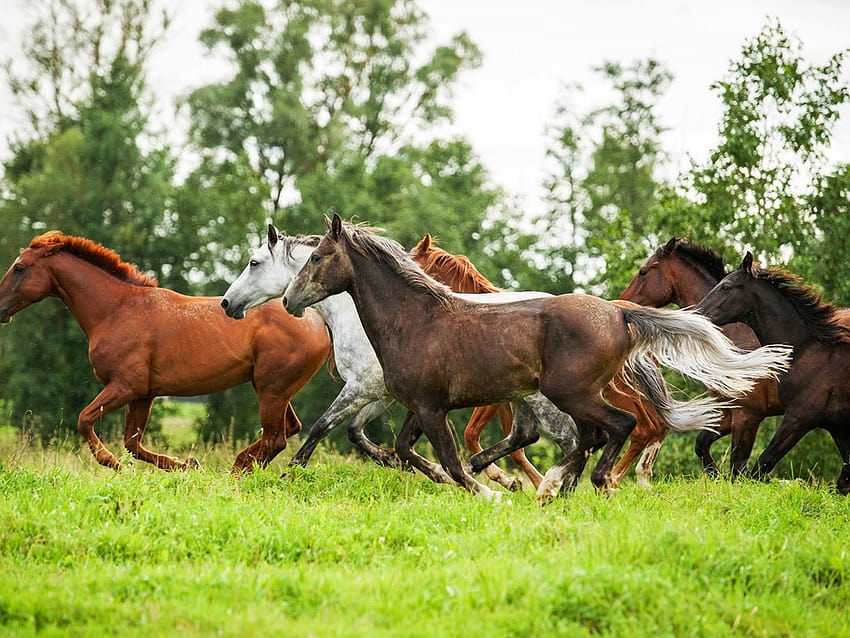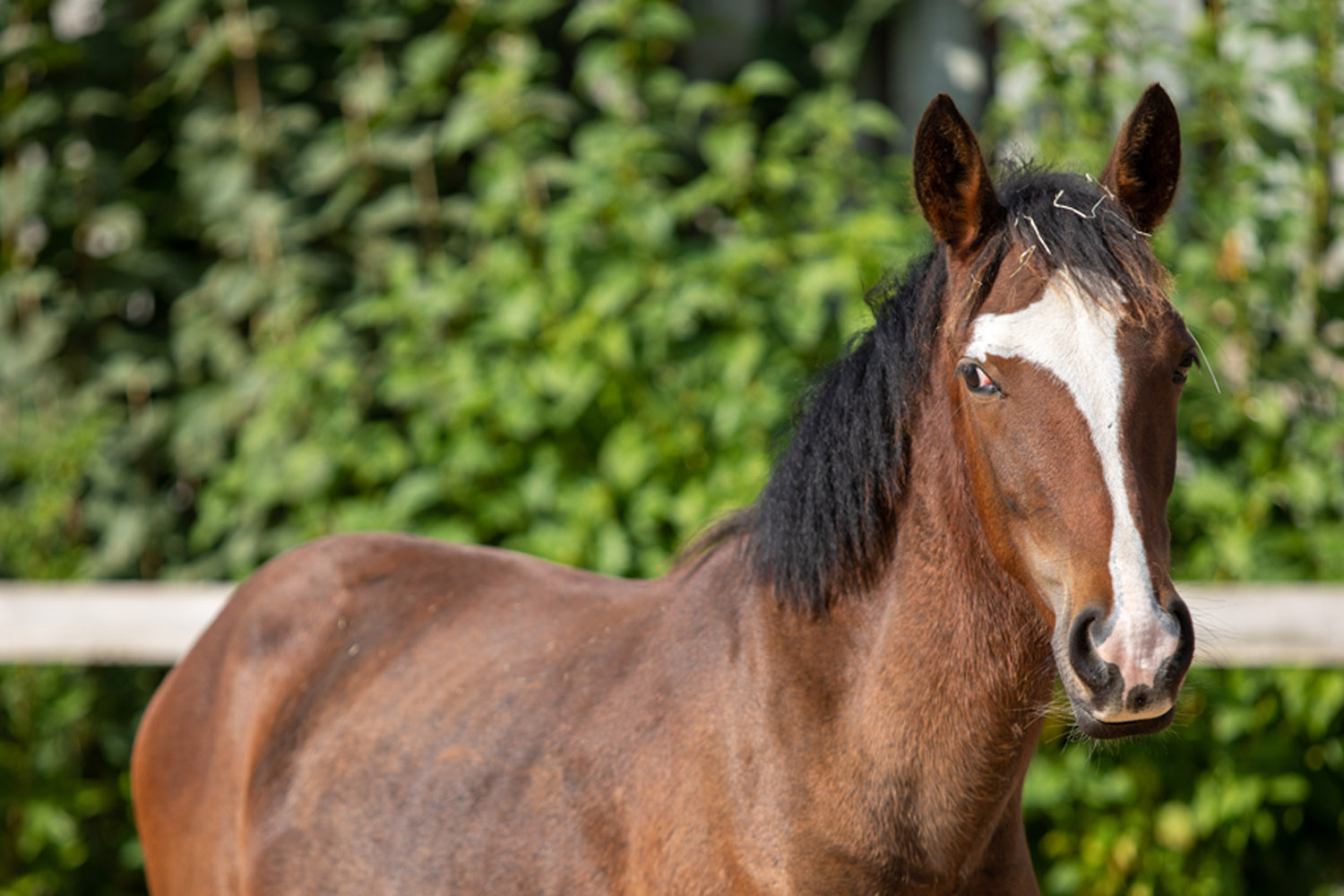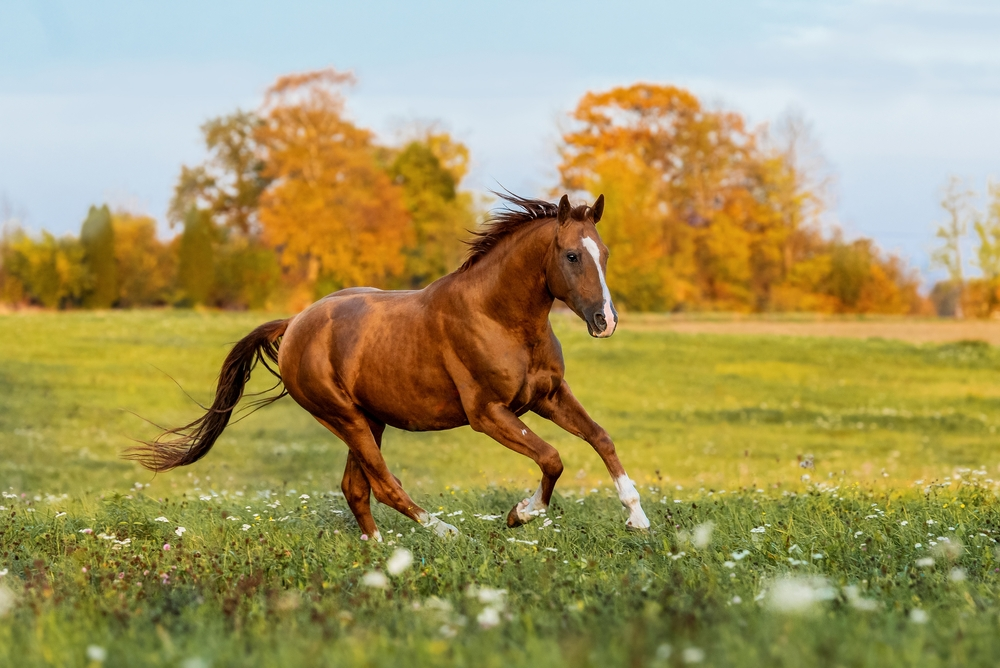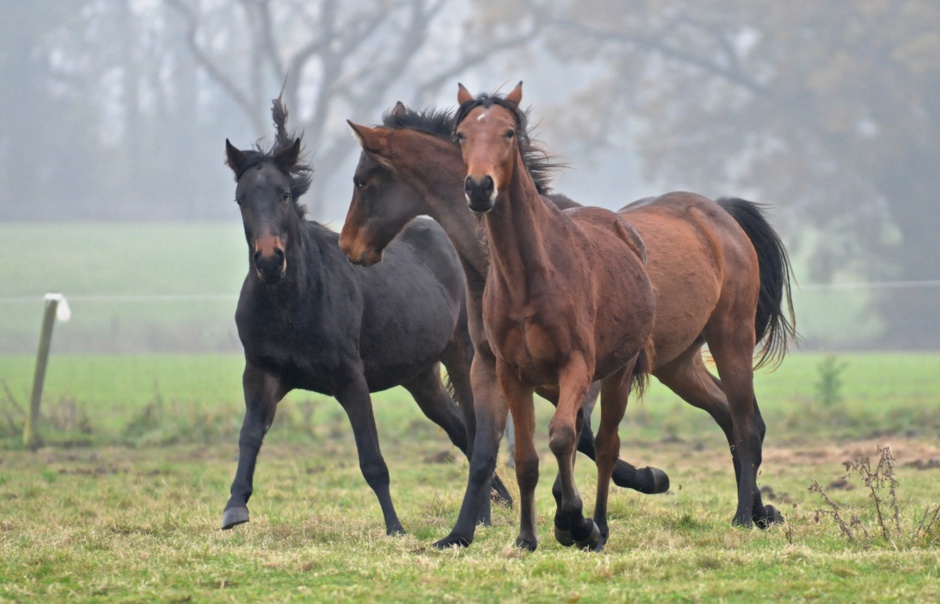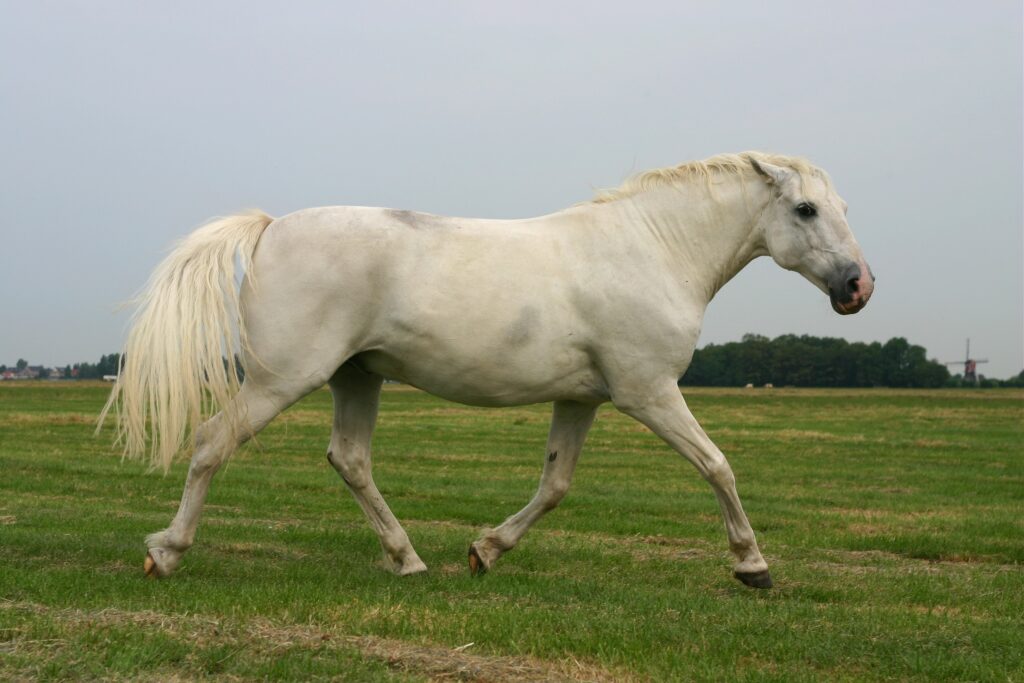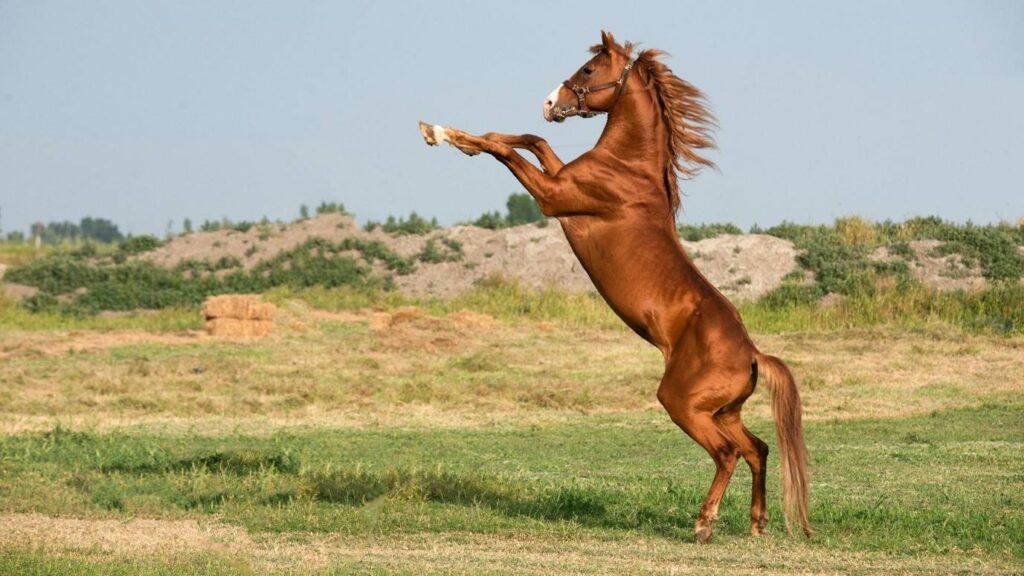Understanding the social structure of horse herds is crucial for anyone involved in equine disciplines. This article aims to shed light on the intricate dynamics that govern equine social order, also known as the horse herd hierarchy.
Understanding Equine Social Dynamics
In a natural setting, horses live in groups known as herds. The structure within these herds is far from random. There are clear hierarchies and social orders that each horse understands and adheres to. This organization helps maintain peace and stability within the group.
The Role of Dominance in Horse Herds
Dominance plays a significant role in the hierarchy of horse herds. The dominant horse, often a mare, leads the herd and makes decisions about when and where to move. Subordinate horses follow the lead of the dominant horse, respecting its authority.
Subordinate Horses and Their Place in the Herd
Subordinate horses have their own place in the hierarchy. While they follow the lead of the dominant horse, they also have their own roles and responsibilities within the herd. These roles can include protecting the herd from predators or leading the group to water sources.
For more in-depth information about horse behavior, you can visit this comprehensive resource.
Conclusion: The Importance of Understanding Horse Herd Hierarchy
Understanding the social order of horse herds is essential for anyone involved in equine disciplines. It helps in managing horses more effectively and ensuring their welfare. By respecting their natural social structure, we can create environments that are more conducive to their well-being.
If you’re interested in ensuring the health and strength of your horses, you might want to consider pure supplements strength. And don’t forget to give hooves care to ensure their overall health.




